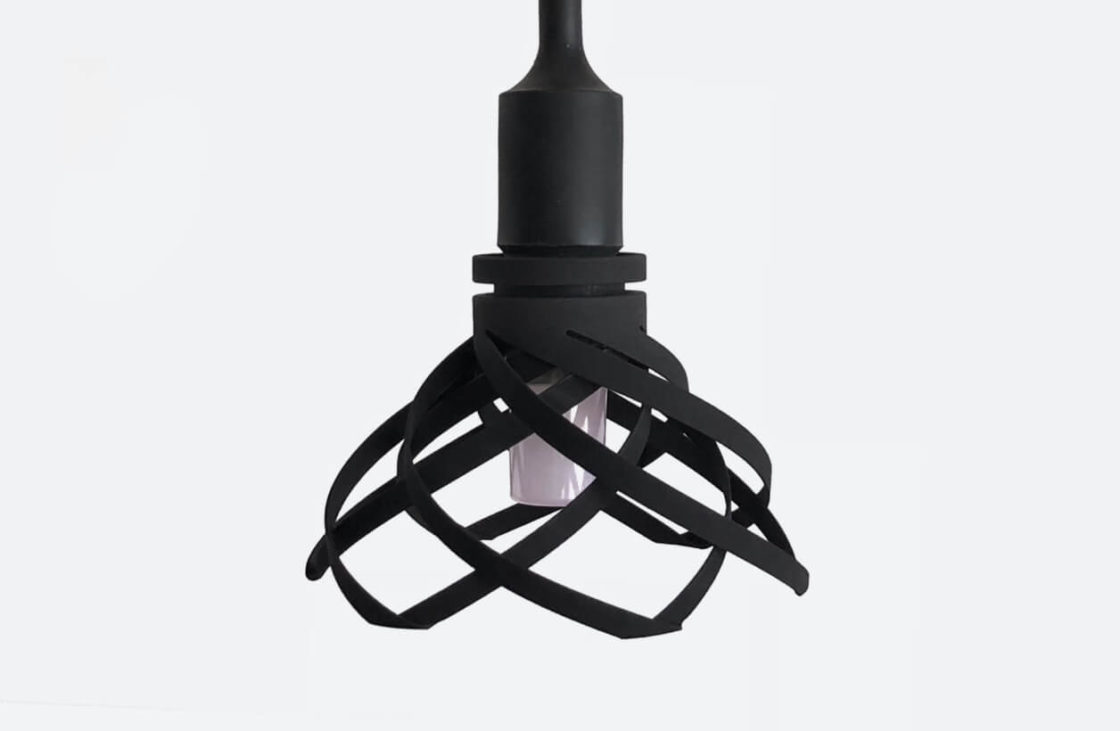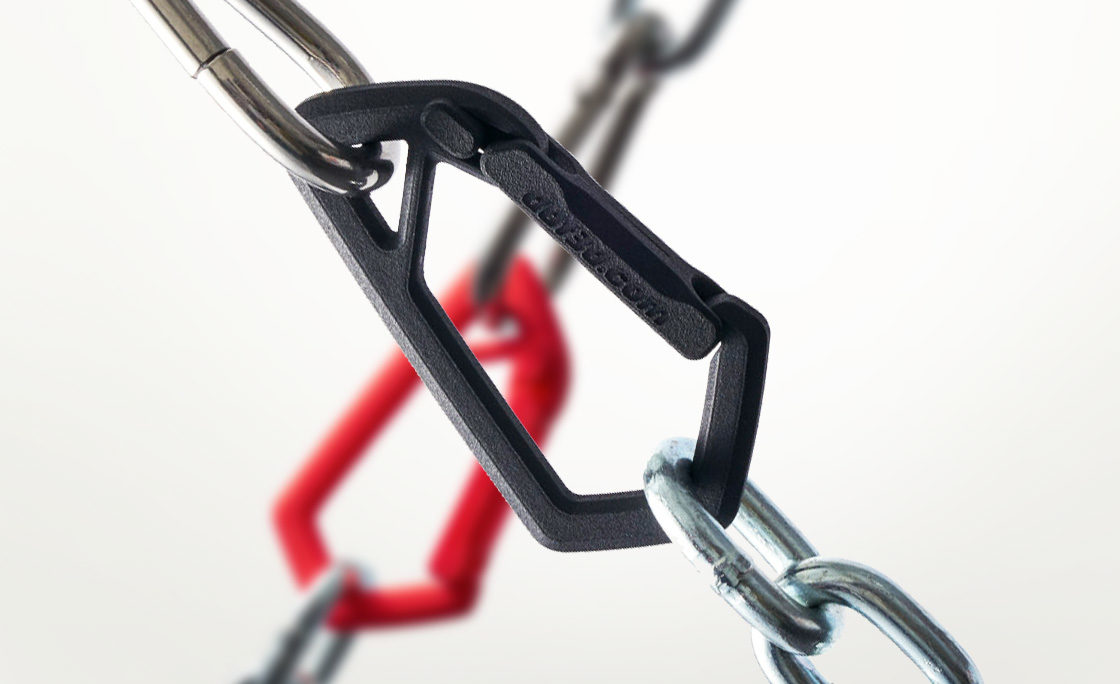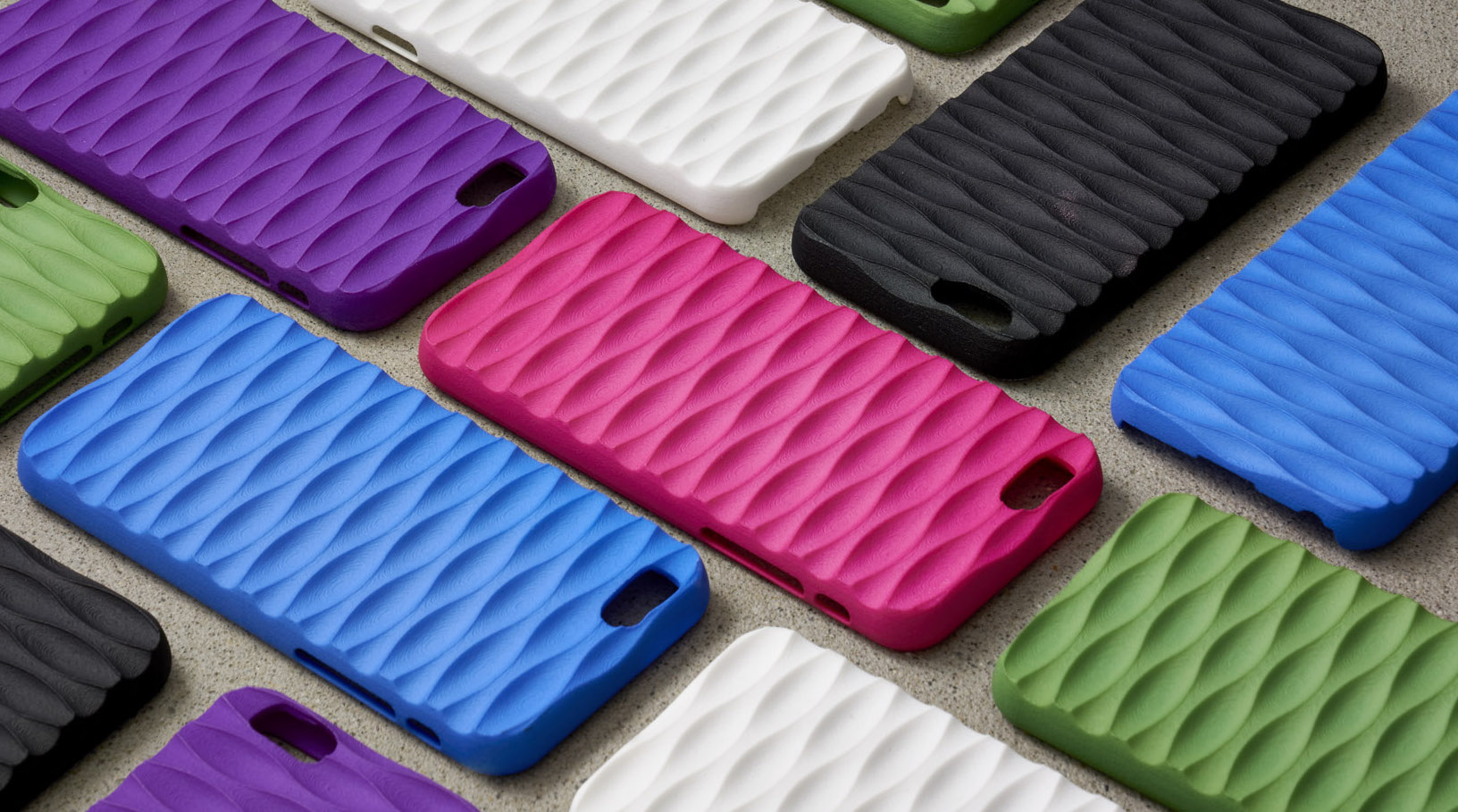In comparing additive manufacturing vs. traditional manufacturing, it might seem surprising that Selective Laser Sintering (SLS) 3D printing is referred to as an older technology. In the grand scheme, 3D printing technology like Stereolithography and Selective Laser Sintering–both taking their place in history in the mid-80s–are relatively young in comparison to Injection Molding or other Cast Metal processes. Since then, many other new 3D printing technologies, materials, and techniques have come into the spotlight too.
Recognized for accuracy and repeatability in industrial parts with excellent mechanical properties,
SLS 3D printing has continued to evolve–remaining at the top of the additive manufacturing hierarchy due to its sheer power–and versatility.
What is SLS?
To define Selective Laser Sintering means understanding industrial 3D printing. Serving as a subcategory of powder-bed fusion, SLS 3D printing relies on a laser to trace the cross-section of each 3D design into the material dispersed onto the print bed, and sintered just under the melting point. Once the desired structure is complete, parts are cooled in the build chamber to avoid warpage and preserve integrity of the prints. After, they are removed for post-processing, to include removal of excess powder and then on to finishing, to include dyeing, vapor smoothing, polishing, and more.
SLS industrial 3D printers are capable of producing large parts, in large volumes. While smaller printers may range in build volume from 200 mm x 250 mm x 330 mm, larger laser 3D printers may range in size from 650 mm x 350 mm x 550 mm to 700 mm x 380 mm x 580 mm, with a layer thickness of 100 to 120 microns. These SLS printers are remarkable in that hundreds or even thousands of parts can be 3D printed at one time.

SLS Benefits: Expanding Design Freedom and Production Volume
Support structures are not required for SLS 3D printing, leading to unique advantages for this technology as well as Multi Jet Fusion (MJF) 3D printing. Unsintered powder bunches around parts as they are 3D printed, stabilizing structures, and eliminating the need for support structures. This leads to much greater design freedom as designers are able to engineer parts without having to compensate for intricate supports. No requirements for supports means less use of materials, reducing the potential for damage in post-processing, and eliminating the need for repeated 3D printing.
Shapeways engineers are able to optimize nesting of parts due to the lack of requirement for intricate support structures that would make smart packing impossible. Smart packing is key to optimization, allowing for parts to be placed correctly and keep machines in good working order by running them consistently with maximum builds for efficiency. Streamlined, dense packing of parts reduces the height of the build platform and saves materials.
“The 3D printing nesting software does the hard thinking for us in terms of whether or not a part fits into the spaces available in a build tray,” said Zach Dillon, User Application Team Lead at Shapeways.
Because of the ability to nest so many 3D printed parts together, Shapeways customers experience a key advantage of 3D printing: speed in turnaround. Numerous projects can be completed simultaneously, and SLS 3D printing powder is easily recycled, promoting sustainability in additive manufacturing with each job.
When Shapeways customers print in large volumes, being able to work directly with the User Application team to optimize every aspect of production is a huge benefit.
“We have to take everything into consideration from how larger 3D printed parts will affect others around them to how they will all be unpacked and cleaned in post-processing,” said Dillon.

SLS 3D Printing Materials
Nylon 11 [PA11(SLS)] is a robust white polyamide offering great tensile strength, durability, impact resistance, and flexibility. Due to its biocompatibility, Nylon 11 [PA11(SLS)] is uniquely suited for manufacturing the following:
- Exterior medical devices
- Automotive parts
- Sports equipment
- Loaded functional prototypes
- Hinges
Explore the design guidelines for Nylon 11 [PA11(SLS)] here.
Nylon 12 [Versatile Plastic] is a strong polyamide relied on worldwide for industrial products. This material lives up to its name, set apart from other 3D printing materials mainly due to high ductility. This refers to the material’s flexibility for thinner structures and moving mechanical parts, but stiffness for substantial, end-use parts. Nylon 12 [Versatile Plastic] is dishwasher safe, heatproof to 163C/325F, skin-friendly, and offers good chemical resistance.
Typical applications include:
- Architecture, to include interior statement pieces
- Automotive
- Drone technology
- Footwear, fashion, and accessories
- Luxury jewelry
- Mechanical components, including interlocking parts
- Medical models
- Robotics
Colors and finishes available for Nylon 12 [Versatile Plastic]:
- Natural: This finish has a slightly rough surface and a matte finish.
- Processed: This finish removes some material to create a smoother surface.
- Premium: Relying on ceramic media tumbling, this finish removes material to create a smooth surface.
- Smooth: This finish has a smooth surface and slight shine, created using a physio-chemical process with vapor.
- Colors: Versatile Plastic is naturally white. Shapeways also offers Black, Pink, Red, Orange, Yellow, Green, Blue, and Purple. Colors other than White are dyed and will wear through over time with handling.
Explore the guidelines for Nylon 12 [Versatile Plastic] 3D printing material here.
Polypropylene is a versatile material offering excellence in mechanical properties, to include durability and high elongation at break. Highly suited for rapid prototyping as well as additive manufacturing of elastic, end-use products, PP is used for important applications like:
- Automotive
- Consumer products
- Electrical casings
- Medical devices
- Toolmaking
This material is available in a slightly translucent off-white, featuring a matte surface.
Explore the design guidelines for Polypropylene here.
Thermoplastic Polyurethane (TPU)
Thermoplastic Polyurethane (TPU) is a rubber-like material (available in white) that offers impact resistance and durability, and works well for 3D printing of interlocking parts. Made for elastic, end-use products, TPU is used for important applications like:
- Automotive
- Medical devices
- Robotics
- Footwear
- Sports equipment
This material is available in standard, featuring a slightly rough surface with a matte finish.
Explore the design guidelines for Thermoplastic Polyurethane (TPU) here.

Customers and Applications:
At Shapeways, SLS 3D printing has revealed itself to be both popular and versatile, whether customers are designing for aerospace and drone technology, architecture, luxury jewelry, or medical models. SLS 3D printing is a stand-out technology for designers and engineers making rapid prototypes or high-performance, functional parts.
The aerospace industry is a leader in its use of 3D printed parts, allowing engineers to create innovative designs and use lightweight, durable materials with complex geometries. This is especially true for companies like Munich-based Quantum-Systems, specializing in advanced eVTOL (electric vertical take-off and landing) drones.
Using SLS 3D printing for prototyping and manufacturing of functional parts, Quantum Systems is able to make lightweight parts, while taking advantage of “synergy effects” in reducing part counts and assembly.
“Only because of the fact that we have integrated this manufacturing method into our manufacturing and development process, have we been able to significantly reduce development time. For injection molded parts, we save around 10 weeks by using 3D printed samples to release the CAD data,” said Florian Seibel, CEO of Quantum-Systems.
“The probability that these parts need a second loop of corrections is quite low in this way. For CNC-manufactured parts it is the same. We often just skip the first round of samples with SLS 3D printed parts, which saves us three to four weeks. In general, I would say 3D printing saves us 20 to 50 percent of time, depending on which parts we design.”
Verner Architects designed a six-foot bathroom vanity for a luxury remodel on a home in California. Verner worked with Shapeways to 3D print the interior statement piece ensuring that durability and water resistance were top of mind.
Due to the print-bed size of SLS technology that Shapeways offers, the architects at Verner were ‘pleasantly surprised’ at the easy assembly of the six-foot-long vanity. 3D printed with Nylon 12 [Versatile Plastic], the 3D printed statement piece was also coated with polyurethane for waterproofing. Two test prints were performed in-house at Verner Architects, allowing the team to refine the design and final structure.
Industrial designers and luxury jewelry makers like Groen and Boothman use Shapeways services for rapid prototyping and 3D printing the final parts for luxury jewelry like their custom Creatures design series, featuring unique cuff bracelets. The designers rely on the lightweight quality of Nylon 12 [Versatile Plastic], along with the strength and durability of the material.
“3D printing gives us a chance to explore new avenues and get away from the mass production paradigm,” said Joanna Boothman.
Uruguay-based Armor Bionics creates intricate 3D designs for medical models that are 3D printed by Shapeways via SLS technology. Surgeons rely on the complex 3D printed medical models for more in-depth diagnosis, training, and treatment. Armor Bionics CEO Bruno Demuro is dedicated to offering medical professionals better solutions for surgical planning:
“We’ve seen the benefits and how much treatment affects the patients,” said Demuro. “It betters the outcome of every single surgery where it is applied.”
Other industrial design firms like Flamingo Works collaborated with Shapeways to 3D print colorful simulators using SLS 3D printing materials like Nylon 12 [Versatile Plastic] to train surgeons in robot-assisted surgeries. Yonatan Assouline, Manager and Co-founder, points out that while 3D printed games designed for learning may look simple, the tasks require practice, medical training, and concentration to excel. This is especially true for surgeons training with robotic grips that shift both forward and reverse to reach objects and complete exercises.
“The training for this technique and the framing of the technology was completely unknown at first,” explained Naty Moskovich, Chief Designer and Co-founder of Flamingo Works. “We were developing 50 to 60 learning tasks at a time, coming up with all sorts of different ideas, and sending them to physicians to see if they liked them or not.
“We would develop one skill and remove another while prototyping. 3D printing with Shapeways gave us the freedom to try out endless new ideas during the product development phase.”
About Shapeways
Enjoy the benefits of this advanced technology and a wide range of materials from Shapeways for 3D printing your creations with accuracy, complex detail, and no minimum or limits in terms of mass customization or single part orders. Shapeways has worked with over 1 million customers in 160 countries to 3D print over 21 million parts! Read about case studies, find out more about Shapeways additive manufacturing solutions, and get instant quotes here.

